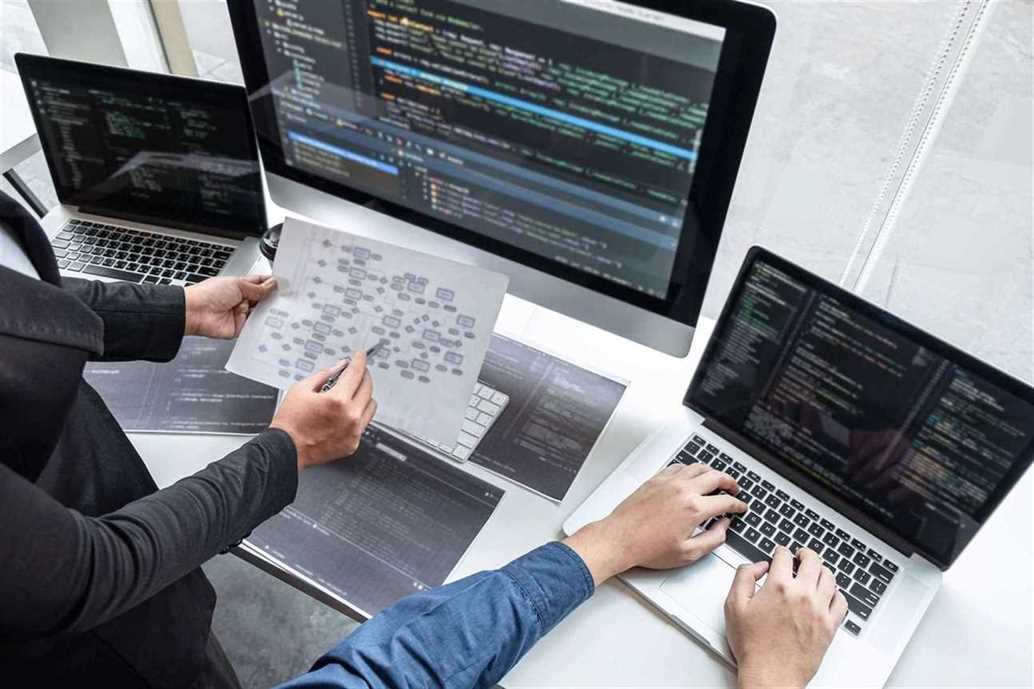In order to keep discussions constructive, it might be helpful to make sure that you create a safe space so that everyone feels able to share their opinions. You will be armed with a high level of insights and information when you sit down to plan your next project with other stakeholders, department heads, executives, other teams, or clients. By sharing their experiences, your https://globalcloudteam.com/glossary/project-retrospective/ team can work to make your processes more efficient and streamlined in the future. Having team members offer solutions to past and potential blockers will save your team time and stress in the long run. In traditional project management the term lessons learned is use. How to Run a Successful Remote Retrospective How do you host a retro with a remote or distributed team?
FAIR in action – a flexible framework to guide FAIRification … – Nature.com
FAIR in action – a flexible framework to guide FAIRification ….
Posted: Fri, 19 May 2023 09:50:49 GMT [source]
Objectives Stay on top of your team’s goals by clearly recording, defining, and tracking the progress of your OKRs in Fellow’s Objectives tool. ProductFeatures OverviewSee how high-performing teams are using Fellow to level-up their meeting and productivity habits. L1 Support L1 support is the first level of customer support in a multi-tiered support model. They focus on resolving basic customer inquiries, issues, or problems.
Why do we need to do a post-mortem, sprint retrospective or any kind of debrief?
One common meeting to facilitate this process is a project retrospective. You might also hear retrospective meetings referred to as Scrum retrospectives, sprint retrospectives, or even post-mortems. Agile teams perform retrospectives at the end of sprints – which are short periods of time in which teams complete a set amount of work. Retrospectives, on the other hand, primarily engage and serve the team doing the work. Only direct team members are typically involved in sprint retrospectives, and both the discussion and action items coming out of a retrospective primarily serve the teams’ needs.
- IntegrationsFull List of IntegrationsConnect Fellow with your favorite apps.
- Nick often serves as an improvised project manager for Unito’s marketing team, and Asana is his weapon of choice.
- Real change is the ultimate measure of a retrospective’s success.
- In traditional project management the term lessons learned is use.
- Guest UsersKeep meeting notes in one place by bringing everyone you work with – vendors, clients, agencies – into Fellow.
- We are keeping our sprint backlog up to date.What isn’t working well?
It allows a team and individuals to highlight both the successes and failures of a project, identify areas that need improvement, and reflect on the project as a whole. Great project managers, team leads, and directors, always reflect on completed projects to conclude what went well and what can be improved. A retrospective meeting is a structured way of reflecting on projects and can help promote continuous improvement.
Similar Posts
Help define the future of agile by adding some of your ideas to our board. A project retrospective is a process where an organization or team carves time out of their day to reflect on a current project so everyone can move forward collectively in a more efficient manner. Scheduling time to reflect and assess the situation enables you to step back and examine things that are going well or maybe even elements of the project that need improvement. As soon as the collective team has identified areas within the project that need improvement, iterations can be made to redirect the project in a more positive direction. It is vital for everyone who works as a team member to take steps to improve how teams work together. A project retrospective template can help everyone do exactly that.

This one, coming from the Fun Retrospectives website, is all about helping everyone on the team feel more appreciated. Start by getting your team in a circle — or at least in the same Zoom call — and pick someone on the team. Say “I would like to appreciate [team member’s https://globalcloudteam.com/ name here] for [thing they did that you appreciated.]” Then whoever just received this bit of appreciation goes next, and so on. Once each idea has been presented, take some time to categorize them. Think of broad categories you can use and class them accordingly.
What is the Agile retrospective format?
The term is used in situations where the law is changed or reinterpreted, affecting acts committed before the alteration. When such changes make a previously committed lawful act now unlawful in a retroactive manner, this is known as an ex post facto law or retroactive law. Because such laws punish the accused for acts that were not unlawful when committed, they are rare, and not permissible in most legal systems.

They ensure that team members listen with an open mind and they understand what others are saying, as everyone’s experience matters. Enjoy and use this to get feedbacks at the end of ceremony about your performance as a facilitator. Keep in mind that you can also evolve in your role and surely your team will contribute to this.
What is a sprint retrospective and how do you run one?
Feedback, when well-structured and constructive, can help us improve our ways of working individually and in a group. Without this, we are all likely to fall into bad habits that can be a detriment to a team’s success. Maybe you’d realize that a little grease makes things a whole lot easier. Or perhaps you’d figure out a way to add a motor – meaning you didn’t need to work nearly as hard. Visualize your next retrospective with Lucidspark’s helpful template. Flash back to that hypothetical scenario where your boss asked how your team was doing, or how the project went.

Read on to learn more about the retrospective and find out how you can run a great one every time. Instructions and variations on the classic team retrospective. Popular with agile developers, but not just for software teams anymore. I know marketing teams that retro on campaigns, management teams that retro on large presentations, and above, Atlassian is hosting a retrospective on their entire industry.
Steps to Master Sailboat Retrospectives
Beyond calling these items out, the discussion should uncover why these things occurred. These meetings are often led by product management as they’re the most cross-functional role in the organization and have a broader view of what happened during the project. However, an impartial third-party of facilitator can also be used to ensure everyone is treated equally and given a fair share of floor time. The meeting format is key to an effective retrospective since the value comes from the conversation and dialogue, not just a bunch of individual statements. A representative from each group should be present , with each person given floor time to share their view of the experience. This can include marketing, sales, customer service, and operations representatives as well.

While a more effective team obviously supports the needs of both leaders and other stakeholders, the team itself enjoys the primary benefits of a retrospective. Often, you’ll identify areas around communication that could use tweaking. At one point during an otherwise smooth-running project, I called a meeting to review how we were incorporating research findings into our design concepts.
Futurespective Ideas For Forward-Thinking Teams
This isn’t just a vent session – it’s a chance for your team to address those challenges and work together more efficiently and effectively. After a few runs through your sprint retrospective examples, it will become second nature. The purpose of these seminars is to encourage your employees to look for new possibilities. And become enthused about future initiatives, not to slack off while you repeat the same tasks. You should also change the style of your sprint retrospective sessions from time to time to keep them new and entertaining.

